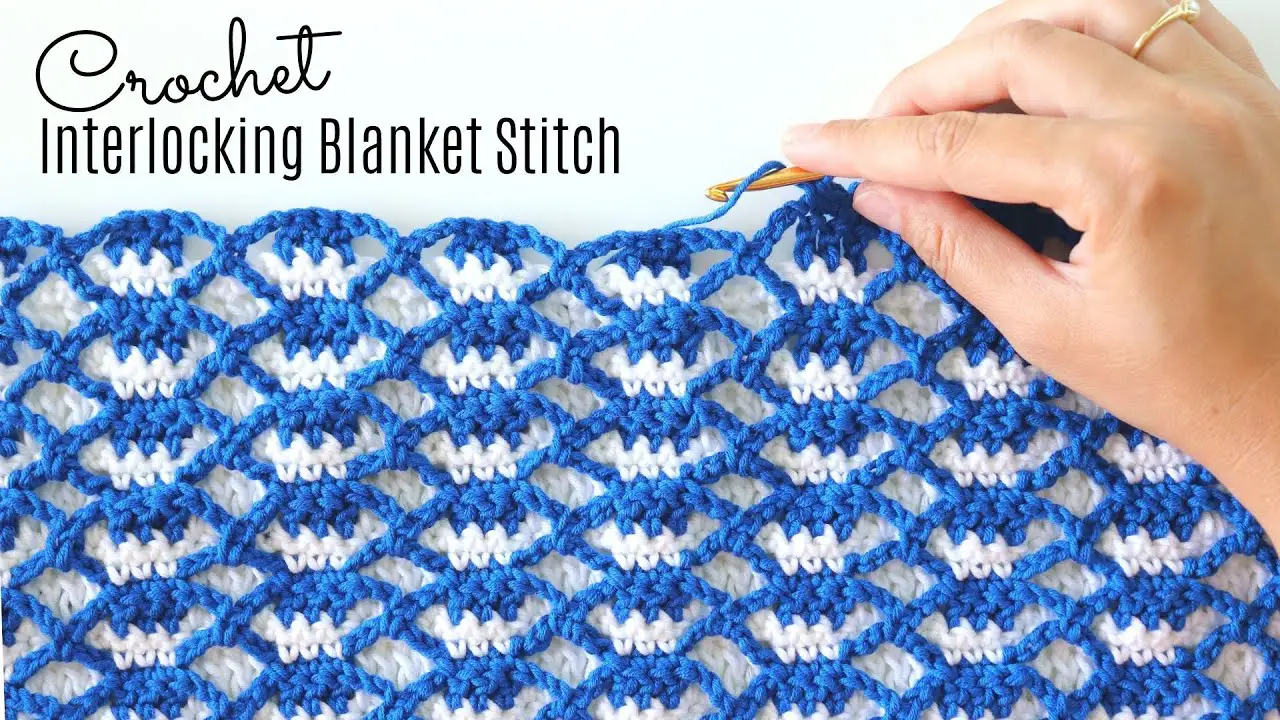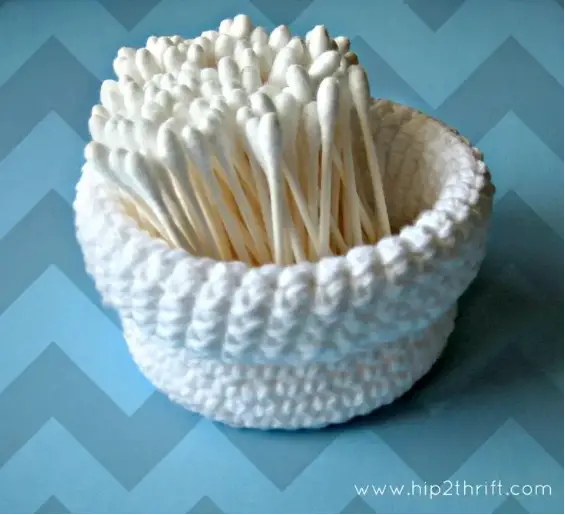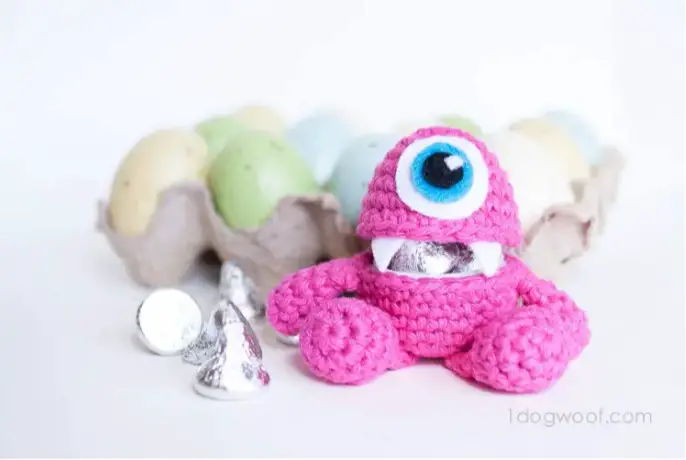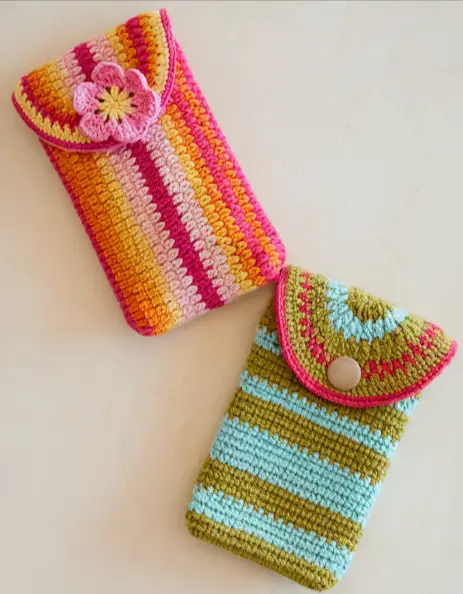The interlocking stitch is a beautiful and versatile crochet stitch that you can use to make blankets, sweaters, and other garments.
It looks like the stitches are woven together but they actually knit together as you work them.
This makes it easy for beginners because there's no need to worry about weaving in ends – just work your way up!
The interlocking stitch may look challenging, but with this tutorial, you will learn how to crochet the interlocking stitch and make an heirloom-worthy baby blanket.
What is interlocking crochet?
Interlocking crochet brings together all the advantages of crocheting into one wonderful stitch. You can use as little as a single hook or as much as a whole armful, so it's perfect for those times when you have a lot of yarn and nothing to do with it!
It's an ingenious way to join big chunky skeins together without making any pesky knots! It creates a beautiful textured fabric that is far less dense than weaving. And unlike most other types of crochet, there are no ends to weave in at the end, because everything gets woven in along the way. It's an enjoyable tactile experience too; stitching with multiple threads holding on to each other feels like hugging multiple loved ones at once 🙂
What is an interlocking stitch?
An interlocking stitch is a type of crochet stitch that creates a sturdy fabric.
The interlocking stitch has a neat and tidy appearance. Unlike most crochet stitches, this one produces only vertical and horizontal loops that connect one row to the next. These loops can be snugly woven together through diagonal points or completely cut away.
This type of stitch is often used for crocheting baby blankies to resemble vintage quilts, like those made in the 1800s. But do keep in mind that crocheting an “interlocking” blanket doesn't produce the same kind of cheatery as sewing it by hand; you'll need to make sure your tension is tight and even throughout!
Interlocking stitch crochet blanket
You May Also Like:
Things you should know about the Interlocking Stitch
Interlocking stitches work by overlapping two or more loops on top of each other. You can use them to make a crochet stitch, and then use that as the foundation for another row of interlaced stitches.
Just like all crochet, there are variations in how you will form your stitch and one variation is making it using the slip stitch (slide). There are also directions to make an easy-to-read diagram for those who find working from written instructions difficult.
Not only does this create a stronger fabric with less bulk – unlike sewing which leaves loose threads not ideal for baby blankets – but it's great as an alternative for changing colors as opposed to beginning a new thread every time.
There are many different patterns created using interlocking crochet stitches. They are either reversible or they produce unique, amazing textures on both sides. To find out more about individual patterns or to find new ones to try yourself check the list below.
- Interlocking shell stitch crochet blanket
- Interlocking block stitch
- Interlocking mosaic crochet stitch
- Interlocking crochet diamond stitch
- Interlocking fan stitch crochet
How to do interlocking crochet stitch
The interlocking stitch is a great way to make fast work of crochet projects.
There are many simple and complex types of crochet stitches, but learning how to do one type means you can practice on several different types.
Here are the basics for getting started with this particular technique!
If you are more of a visual learner, turn on CC to read the step-by-step pattern when following the video tutorial below.
Happy Crocheting!
Get the pattern: Interlocking Stitch Crochet Blanket via Sirin’s Crochet.
Thanks to Sirin’s Crochet for the article’s inspiration and featured image.
Don’t forget to subscribe to our newsletter to receive awesome free crochet patterns, just like this, delivered straight to your inbox every day!



